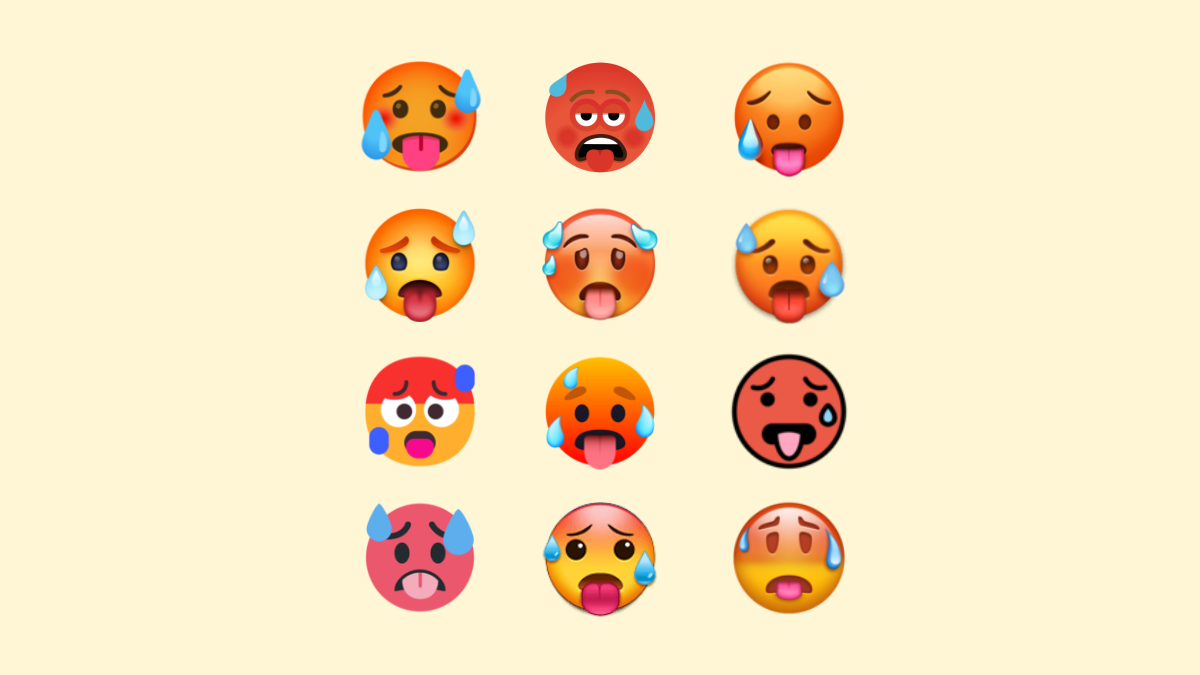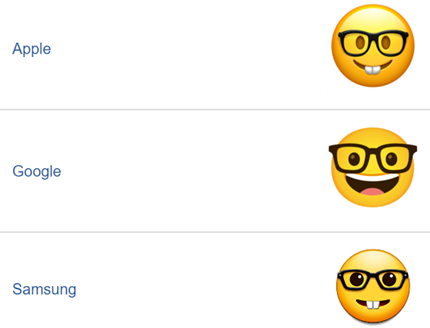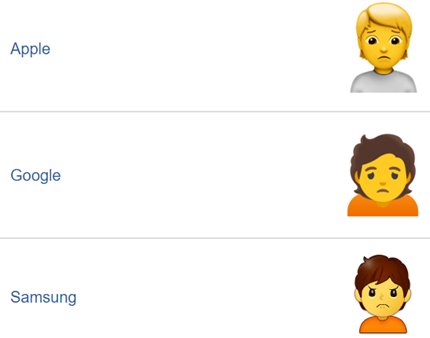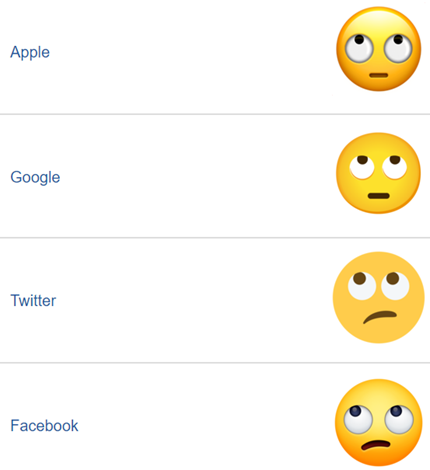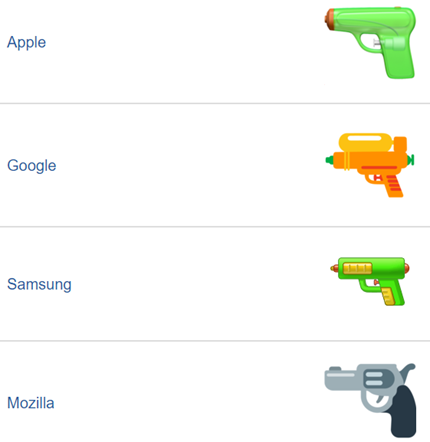Emoji are a nearly ubiquitous method of communicating in the digital age. These little icons can convey emotions you sometimes can't express in text. Did you know emoji don't look the same everywhere? You could be sending the wrong message.
It's true that emoji are everywhere. Whether you're using an iPhone, Android device, Windows PC, or a Mac, you can send and receive emoji. However, emoji may be universally available, they are not universally standardized. This is where you can run into some problems.
Every Device Has Its Own Emoji
Emoji are created by the Unicode Consortium and they are a part of the "Unicode" standard. That simply means emoji are essentially a standard that anyone can incorporate into their product. That's why every operating system has the same emoji.
Here's where things get messy. Unicode doesn't regulate what the emoji have to look like, that's up to the "vendors." In this case, the vendors are Apple, Google, Microsoft, Samsung, and other companies that create software and hardware.
Apple has its own style for emoji on iOS and iPadOS, Google has its own style for Pixel phones, Samsung has its style for Galaxy phones, and so on. These companies want the emoji to blend in nicely with the overall look of their respective operating systems.
Lost in Translation
That may seem perfectly reasonable. iOS and Android skins look very different, so it makes sense they'd want to emoji to fit in. The problem is things can sometimes get lost in these varying interpretations of the emoji.
Thankfully, this isn't quite as big of a problem as it used to be. Vendors have started to pay more attention to other platforms to make sure things aren't being misinterpreted. Let's check out a few examples.
Here's the emoji for "Nerd Face" from Apple, Google, and Samsung. Apple and Samsung have a small smirk with glasses, while Google's version could be seen as laughing or smiling very big.
Next, let's look at "Person Frowning" from the same three vendors. Apple and Google definitely appear to be sad, but Samsung's version actually looks angrier than sad.
Another expression emoji is "Face with Rolling Eyes." Most of the vendors have eyes looking up and a neutral mouth. However, Twitter and Facebook's faces are sorta frowning, making it a sad expression as well.
Lastly, one of the best examples is the "Pistol" emoji. Originally, the pistol emoji was a literal gun. However, over time, it has been transitioned to a less threatening water pistol. There are still a few vendors who use real guns.
These are just a few examples of how emoji can vary from platform to platform. You may think you're sending a playful squirt gun, but your friend sees a revolver.
Know What You're Sending
The good news is it's pretty easy to see what every emoji looks like on other platforms. Emojipedia shows what emoji look like from Apple, Google, Samsung, Microsoft, and a bunch of others. It's a great resource for emoji.
We think it's good for everyone to understand these things aren't standardized, but we're not expecting everyone to check what an emoji looks like on other platforms every time they send a message. That's not realistic, and you shouldn't have to do it.
Thankfully, vendors have started to take notice of this in recent years and there are not as many major discrepancies. You may want to take a peek at some of your most-used emoji to see how they look for your friends on different platforms. Emoji can say a lot, but you don't want them to say the wrong thing.

